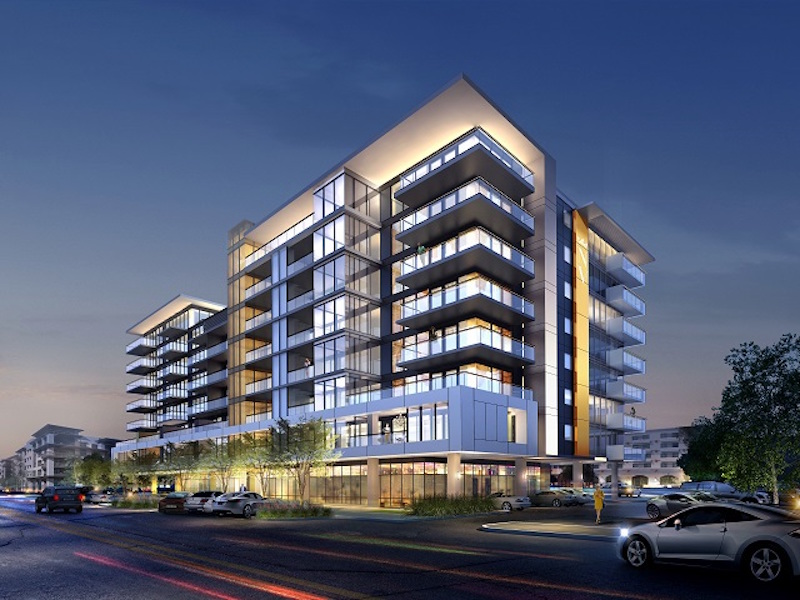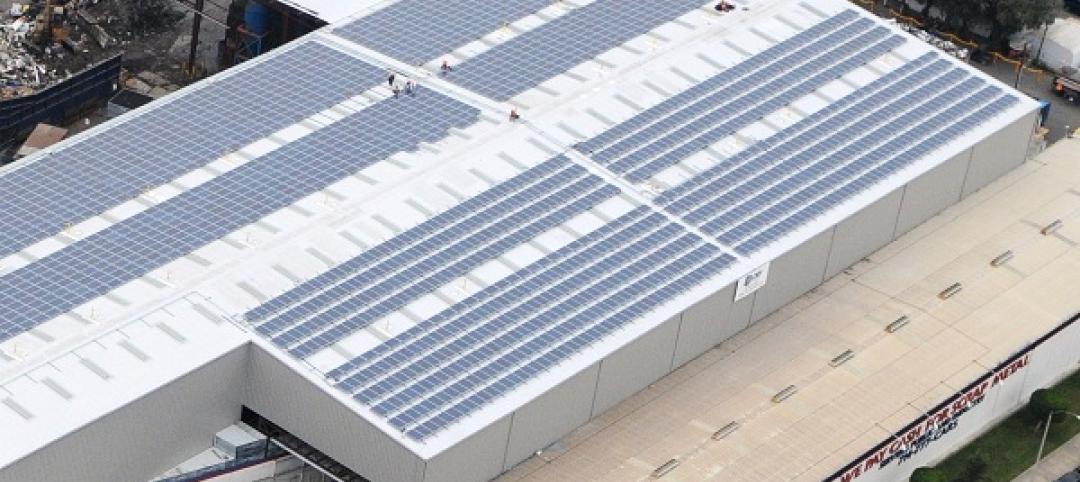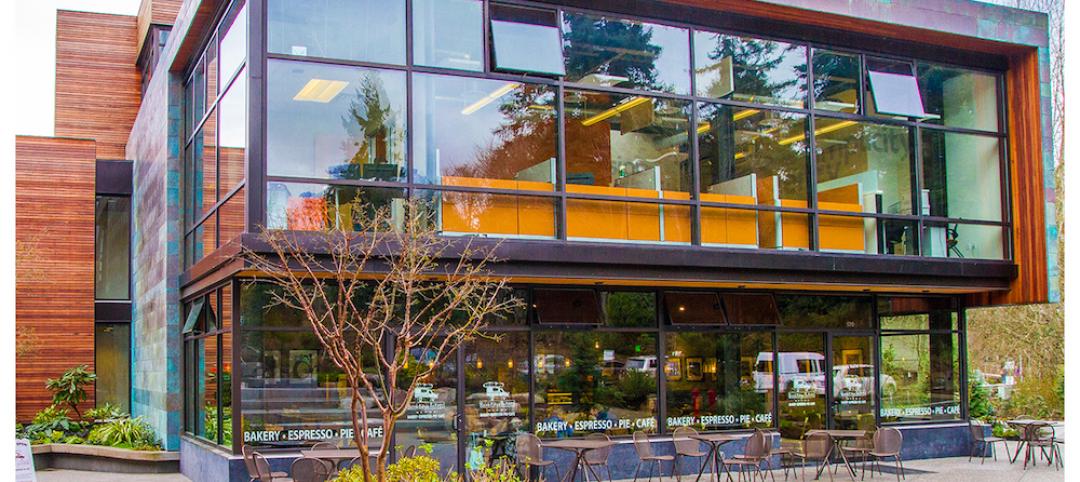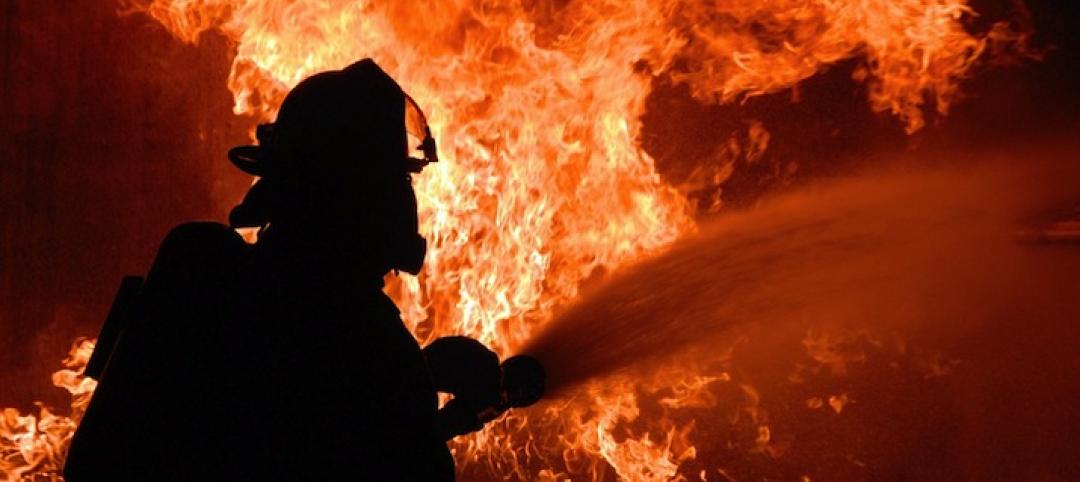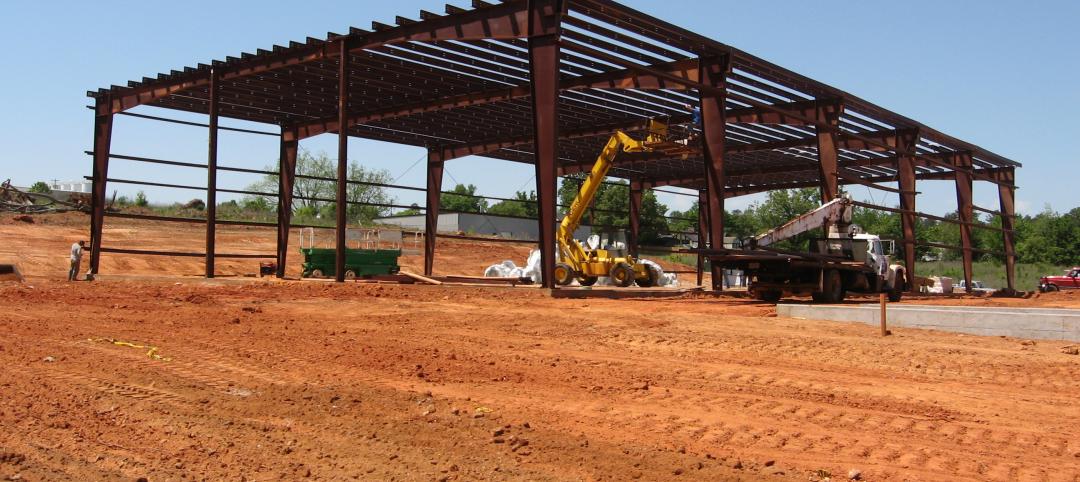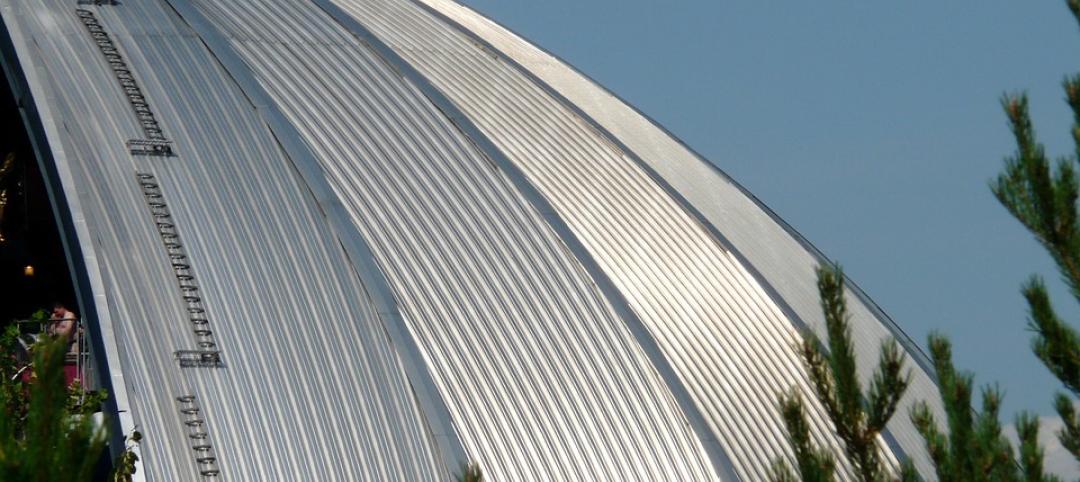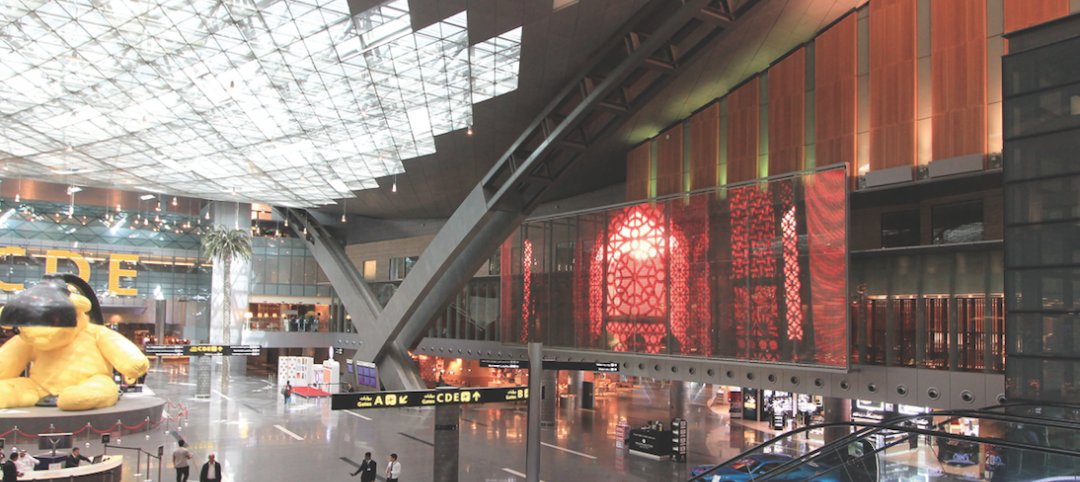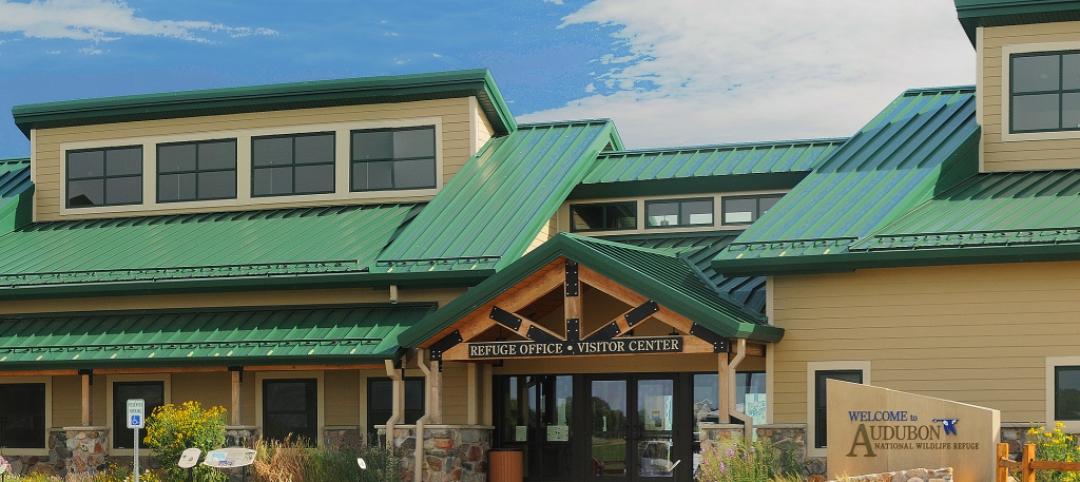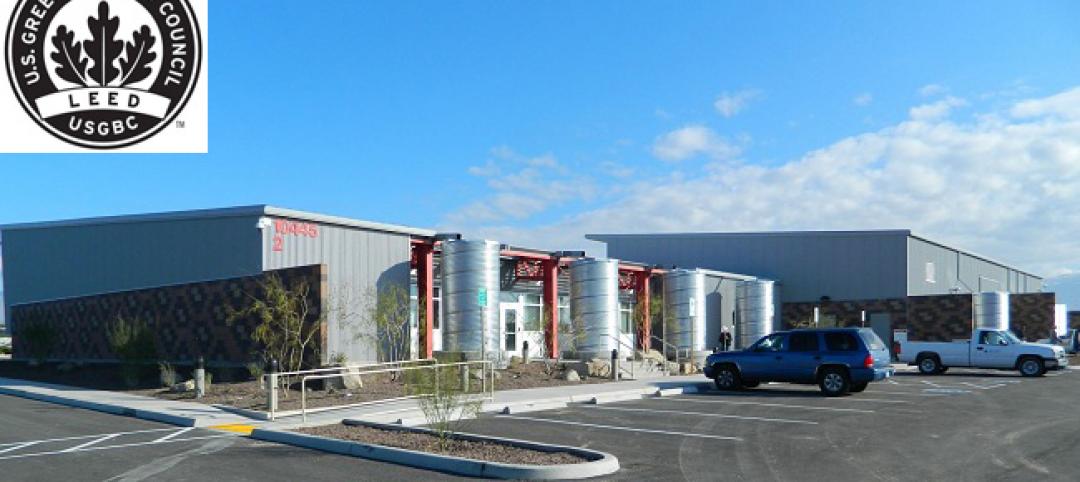Recent global fire events have shed light on the significance of local code compliance in high-rise construction. Although the current focus on metal composite materials (MCM) doesn’t adequately address the entire building envelope ─ which includes many additional components ─ it does provide an opportunity for architects and general contractors to brush up on their role in helping ensure safety.
MCM has been around since the early 70s and has proven to be one of the most versatile architectural cladding products available. Its adaptability, lightweight nature, ease of fabrication and selection of hundreds of colors and finishes help architects and designers achieve nearly any exterior (or interior) aesthetic. But, as with all building products, specifying MCM comes with compliance responsibilities.
There are guidelines to help specifiers understand the codes surrounding when to use traditional polyethylene core (PE) and when a fire-retardant core is required. “A good place to start when researching MCM codes is the 2015 International Building Code,” said James Moses, Technical Service Manager for ALPOLIC®, a leading MCM manufacturer. “The section’s first 10 subsections relate to specifying compliant cladding material for any type of building and height. The last four subsections review compliance for special situations.”

Moses says as a general rule, a fire retardant core must be used when MCM is placed above 40 feet. A PE core is code-compliant for most structures 40 feet high and under (roughly four stories). But once a building goes above 40 feet, in most cases, a fire-retardant core which meets the NFPA 285 standard, a well-established fire-test standard that demonstrates upward resistance to flame spread, must be used.
“The NFPA285 is a test not just for the MCM material, but the entire wall assembly,” said Moses. “This ensures that the entire cladding system has been tested and passed.”
According to Moses, another way to ensure product safety is to look for manufacturers that hold independent, third-party evaluation. The International Code Council Evaluation Service (ICC-ES) offers architects unbiased verification of MCM code compliance. MCM products that are supported with impartial, mainstream code compliance reports are recommended.

Moses also suggests using only MCM products that carry the Warnock Hersey (WH-ETL) Mark. These are products that have been certified-compliant by the building and construction industry’s most rigorous product testing organization. Maintaining the WH-ETL Mark is a continuous process, requiring quarterly inspection audits from Warnock Hersey to ensure ongoing compliance. This is especially important as the industry is starting to see more and more off-shore MCM manufacturers compromising the code by using MCM that does not meet code requirements.
“MCM, like any other building product, is safe when used in compliance with code,” said Moses. “Understanding the code and which products to use will help ensure we continue to build buildings that are as safe as they are beautiful.”
For more information about MCM and fire safety, click here.
Related Stories
Sponsored | Energy Efficiency | Jul 27, 2016
Metal Roofs Have Solar Advantage
A large roof can become a resource that saves significant money on energy consumption and helps reduce emissions of CO2 and it turns out metal roofs make excellent hosts for solar panels.
Metals | Jun 9, 2016
12 projects win 2016 North American Copper in Architecture Award
The award recognizes new and existing building projects in the United States and Canada for their outstanding use of architectural copper and copper alloys.
Sponsored | Metals | May 13, 2016
Coil-coated metals create awe-inspiring projects
Pre-painted metals can be printed, embossed, or striped for special visual effects.
Sponsored | Metals | Apr 11, 2016
MBMA works with Underwriter’s Laboratory to fire test metal buildings
The fire safety of metal building systems is crucial. The ability of a metal building to prevent or slow down the spread of fire protects the structure and saves occupants' lives.
Sponsored | Metals | Feb 2, 2016
What is the Dollar Value of Speed?
Speed has a real impact on the bottom line, in ways that are obvious and in some that you might not be aware of.
Codes and Standards | Jan 22, 2016
Metal Roofing Seaming Guide published by Metal Construction Association
The free document is specifically tailored for metal roof installation.
Metals | Jan 19, 2016
6 ways to use metal screens and mesh for best effect
From airy façades to wire mesh ceilings to screening walls, these projects show off the design possibilities with metal.
Sponsored | Metals | Jan 13, 2016
Audubon National Wildlife Refuge & Visitors Center gets a LEED worthy renovation
After many years of use, the Audubon National Wildlife Refuge Headquarters and Vistiors Center had developed some serious health and safety problems and needed to be replaced.
Sponsored | Metals | Dec 23, 2015
Taking the LEED in Construction
LEED is a rating system that allows a building to score points for doing things more sustainably, in a variety of ways. There are different kinds of LEED points that relate to materials, energy consumption, jobsite sustainability, and more.


